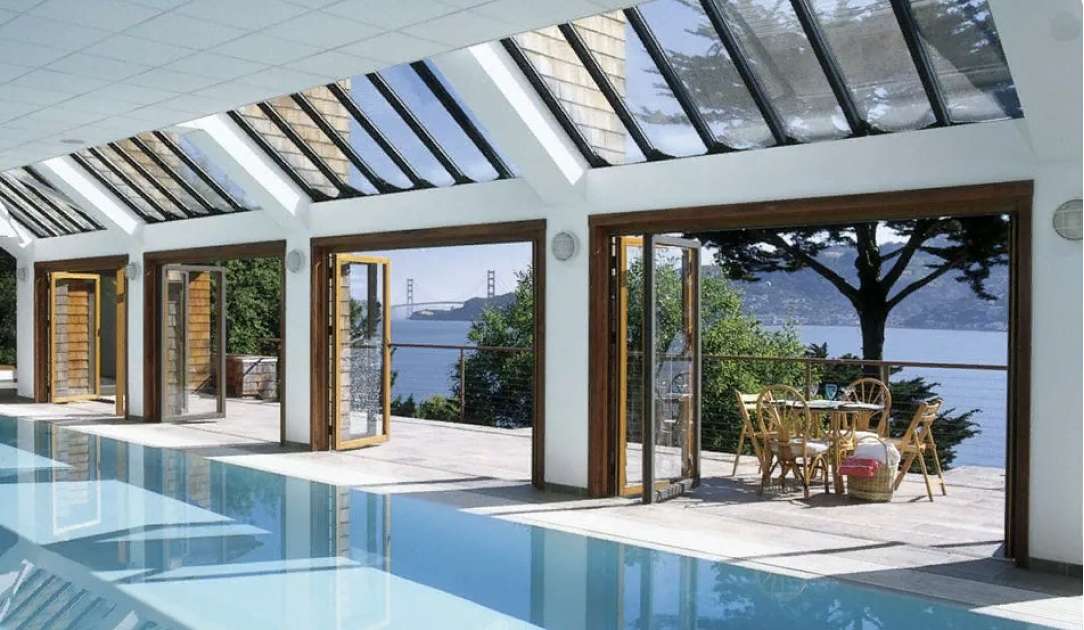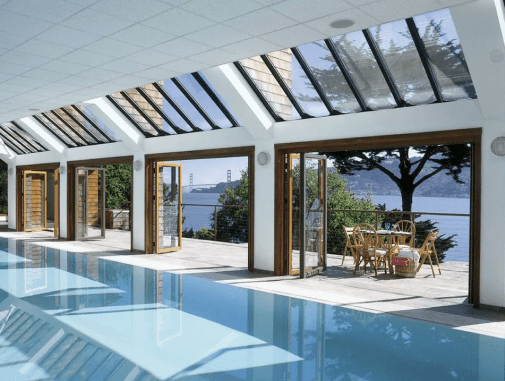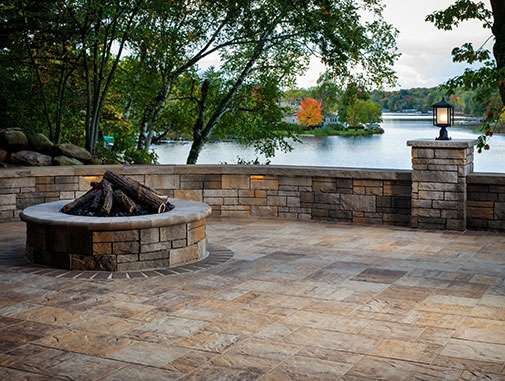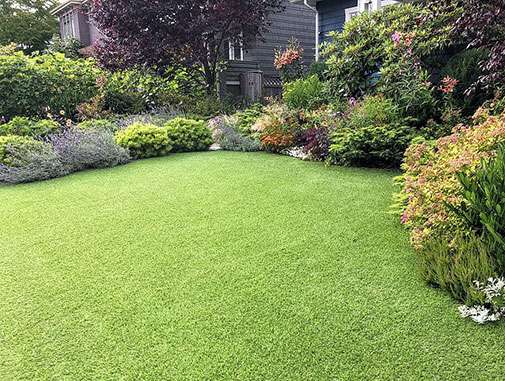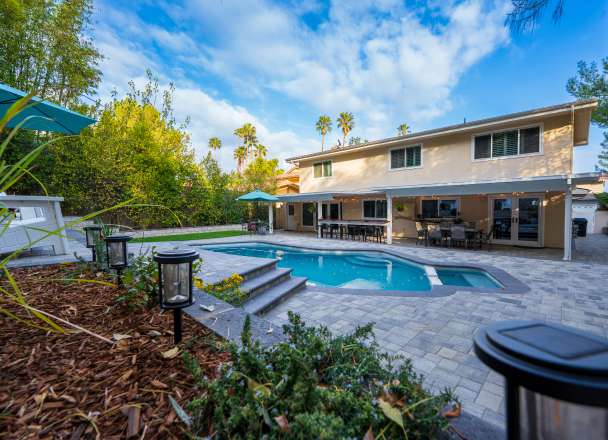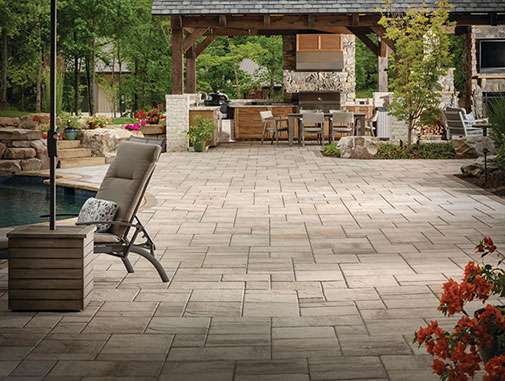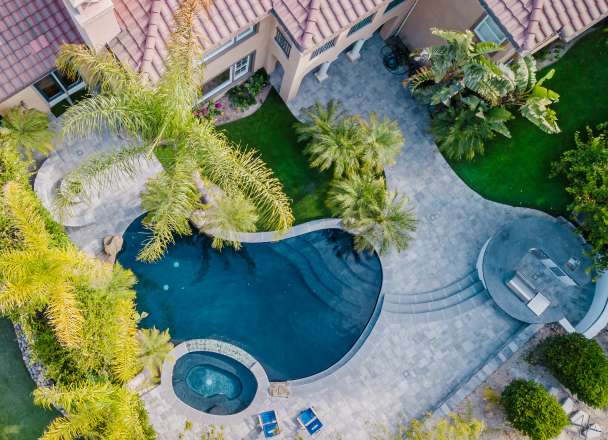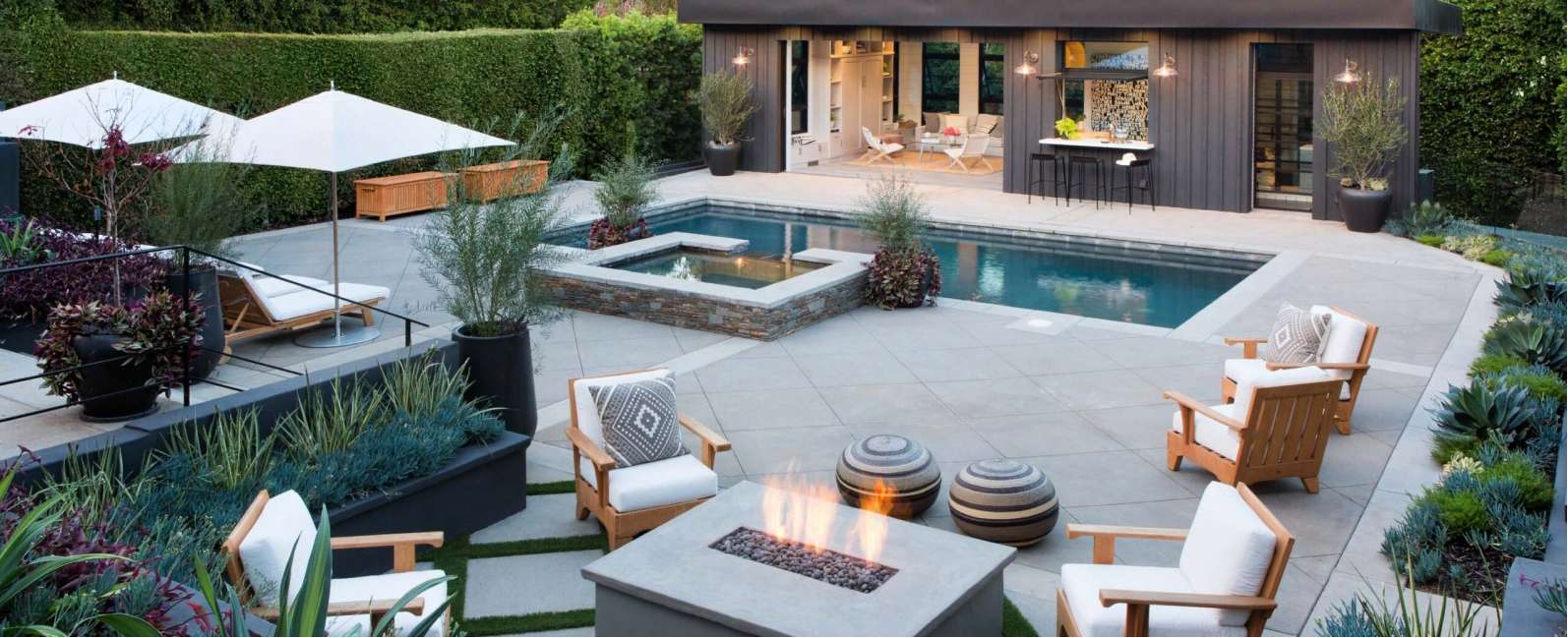Low Maintenance Yards with Waterwise Plants in Los Angeles
- #Outdoor Living
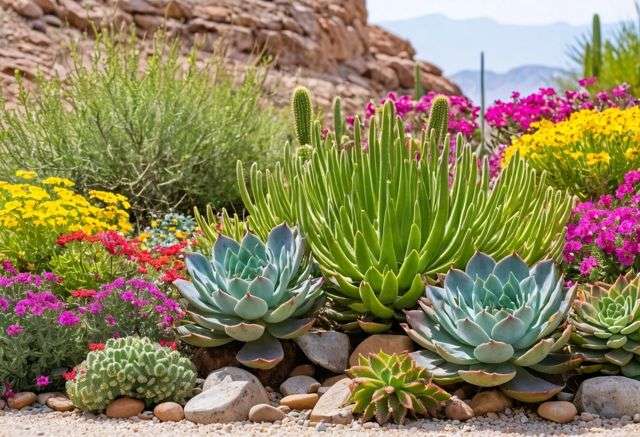
- Smooth Plaster Finish
- Shimmering Pebble Finish
In Los Angeles, low-maintenance yards can be achieved by incorporating drought-tolerant plants like succulents, cacti, and native Californian species. These waterwise plants thrive in the local climate with minimal water and upkeep.
Introduction to Waterwise Landscaping
Waterwise landscaping is a sustainable approach particularly suited for Los Angeles’ dry climate. By incorporating drought-tolerant plants, homeowners can conserve water while maintaining an attractive yard.
Benefits of Waterwise Landscaping
Waterwise plants require minimal maintenance compared to traditional landscapes. Key advantages include:
- Water Conservation: These plants thrive with less water, making them ideal for drought-prone areas like Los Angeles.
- Low Maintenance: Reduced watering and care mean less time and effort needed for upkeep.
- Support for Wildlife: Many drought-tolerant plants attract local wildlife such as bees, butterflies, and hummingbirds.
Notable Drought-Tolerant Plants
Incorporating the following plants into your yard can help create a resilient and beautiful landscape:
- Aloe (Aloe spp.): Thrives in hot, dry climates.
- Artemisia (Artemisia spp.): Hardy with aromatic foliage.
- Lavender (Lavandula spp.): Adds fragrance and beauty.
- Geranium (Pelargonium spp.): Flowers from spring to frost.
- Palo Verde (Parkinsonia spp.): Highly drought-tolerant small trees.
By focusing on drought-tolerant species, homeowners can enjoy a vibrant landscape that supports local wildlife and requires minimal maintenance.

Popular Waterwise Plants for Los Angeles Yards
If you’re looking to create a low-maintenance yard in Los Angeles, incorporating drought-tolerant plants is a great solution. These plants thrive in local conditions and require minimal water once established.
Succulents & Cacti
- Yucca: Includes varieties like Red Yucca and Spanish Dagger, adding structure and color.
- Agaves: Century Plant, Artichoke Agaves, and Blue Glow Agaves offer unique shapes and colors.
- Cacti: Options like Golden Barrels and Purple Prickly Pears are great for colorful accents.
Flowering Plants
- California Poppy: Vibrant and drought-tolerant, California’s state flower reseeds itself annually.
- Lion’s Tail: Bright orange flowers attract hummingbirds.
- Emu Bush: Silvery branches with violet flowers add elegance and require minimal water.
Native Californian Plants
- Matilija Poppy: Thrives in recently burned areas, making it ideal for expansive spaces.
- Western Redbud: Can be pruned as a shrub or a tree, with clusters of pink flowers.
- Toyon: Known as Christmas berry, it provides shade and produces berries for native wildlife.
Aromatic Herbs and Useful Shrubs
- Rosemary: Fragrant, useful in cooking, and needs minimal water.
- Scented Geranium: Offers an array of aromas from chocolate to citrus, perfect for sensory gardening.
- California Lilac (Ceanothus spp): Requires lots of sunlight and attracts pollinators.
Ground Covers
- Myoporum parvifolium: This plant creates a green carpet effect similar to grass but with less water requirement.
- Lantana: Available in various colors, these shrubs can function as accent plants or ground covers.
Incorporating these drought-tolerant plants can transform your yard into a beautiful, water-efficient space that supports local ecosystems and wildlife.
Design Tips for Low Maintenance Yards
Creating a low-maintenance yard includes smart design choices and waterwise plants. Here are several practical tips to get you started:
First, mulch your yard. Mulch helps to lock moisture into the soil, reduce runoff, and prevent erosion. You can use wood chips, compost, gravel, or pebbles.
Consider grouping plants with similar water needs together. This makes irrigation more efficient and ensures that all plants thrive together.
Incorporate hardscaping elements into your design. Use pavers, gravel, and rocks to create pathways, patios, and decorative features. These elements reduce the amount of water-hungry plants needed and add visual interest.
- Choose porous materials for walkways so moisture can absorb into the soil.
- Use stones, boulders, and statues to create focal points without using water.
Finally, design your landscape to take advantage of natural water flow. For example:
- Create swales and terraces on slopes to capture and direct rainwater.
- Use drought-tolerant groundcovers like thyme or sedum to minimize runoff.
By following these tips, you’ll have a beautiful, sustainable, and low-maintenance yard that thrives in the Los Angeles climate.

Maintaining Your Waterwise Garden
Maintaining a waterwise garden throughout the year involves a few key practices to ensure your plants stay healthy and vibrant while conserving water. Here are some essential tips:
Irrigation Techniques
- Inspect and Maintain: Regularly check your irrigation system for leaks, clogs, or damage. Ensure sprinkler heads and drip lines function well to prevent water waste.
- Water Timing: Water your plants in the early morning or late evening to minimize evaporation.
- Deep Watering: Water deeply but less frequently. This encourages deep root growth, making plants more resilient to drought.
Seasonal Care
- Spring: As plants emerge from dormancy, adjust your watering schedule to support new growth.
- Summer: High temperatures increase evaporation. Use mulch to retain soil moisture and water deeply no more than twice a week.
- Fall: Cooler temperatures mean less water is needed. Gradually reduce watering frequency to prepare plants for winter.
- Winter: Most plants require minimal watering. Protect your irrigation system from freezing temperatures and ensure it remains functional.
Handling Pests and Diseases
- Inspect Regularly: Frequently check for signs of pests or diseases. Early intervention can prevent larger problems.
- Natural Predators: Encourage beneficial insects like ladybugs and predatory beetles to keep pest populations in check.
- Organic Solutions: Use organic or homemade pest control methods to avoid harmful chemicals and reduce water use.
By following these guidelines, you can maintain a water-efficient and thriving garden all year round.

FAQ
What is waterwise landscaping?
Waterwise landscaping is a sustainable approach that utilizes drought-tolerant plants to conserve water while maintaining an attractive yard, especially suited for areas with dry climates like Los Angeles.
What are the benefits of waterwise landscaping?
Waterwise landscaping offers several benefits including:
- Water conservation
- Reduced maintenance efforts
- Support for local wildlife such as bees, butterflies, and hummingbirds
What are some notable drought-tolerant plants for Los Angeles?
Some drought-tolerant plants ideal for Los Angeles yards include:
- Aloe (Aloe spp.)
- Artemisia (Artemisia spp.)
- Lavender (Lavandula spp.)
- Geranium (Pelargonium spp.)
- Palo Verde (Parkinsonia spp.)
Which succulents and cacti are suitable for a waterwise yard?
Suitable succulents and cacti include:
- Yucca varieties like Red Yucca and Spanish Dagger
- Agaves such as Century Plant and Blue Glow Agaves
- Cacti like Golden Barrels and Purple Prickly Pears
What are some good flowering plants for a waterwise yard?
Good flowering plants for a waterwise yard include:
- California Poppy
- Lion’s Tail
- Emu Bush
Which native Californian plants can I use in my yard?
Native Californian plants ideal for a waterwise yard include:
- Matilija Poppy
- Western Redbud
- Toyon (Christmas berry)
What aromatic herbs and shrubs are suitable for waterwise gardens?
Suitable aromatic herbs and shrubs include:
- Rosemary
- Scented Geranium
- California Lilac (Ceanothus spp)
What ground covers work well in a waterwise yard?
Effective ground covers for a waterwise yard include:
- Myoporum parvifolium
- Lantana
How should I design my low-maintenance yard?
To design a low-maintenance yard:
- Use mulch to lock in moisture and reduce runoff
- Group plants with similar water needs together
- Incorporate hardscaping elements like pavers and gravel
- Use porous materials and design to take advantage of natural water flow
What are some irrigation techniques for maintaining a waterwise garden?
Effective irrigation techniques include:
- Regularly inspecting and maintaining your irrigation system
- Watering in the early morning or late evening to minimize evaporation
- Deep watering less frequently to promote deep root growth
How should I care for my waterwise garden seasonally?
Seasonal care tips:
- Spring: Adjust watering for new growth
- Summer: Use mulch and deep water no more than twice a week
- Fall: Gradually reduce watering as temperatures cool
- Winter: Minimal watering needed, and protect your irrigation system from freezing
How can I handle pests and diseases in a waterwise garden?
To handle pests and diseases:
- Regularly inspect for signs of issues
- Encourage natural predators like ladybugs
- Use organic or homemade pest control methods
Sources
The article utilized various sources for information on drought-tolerant landscaping, including:
